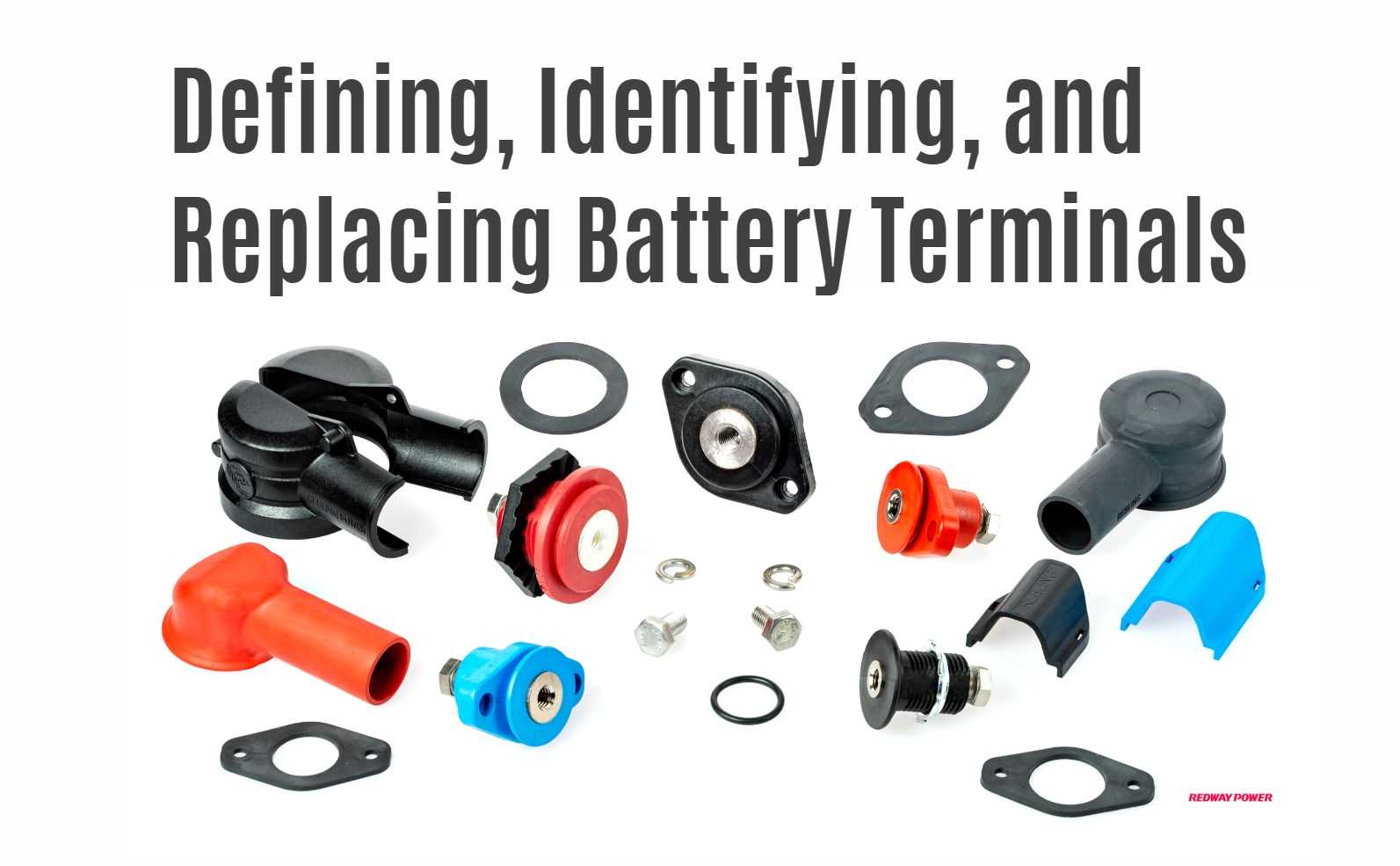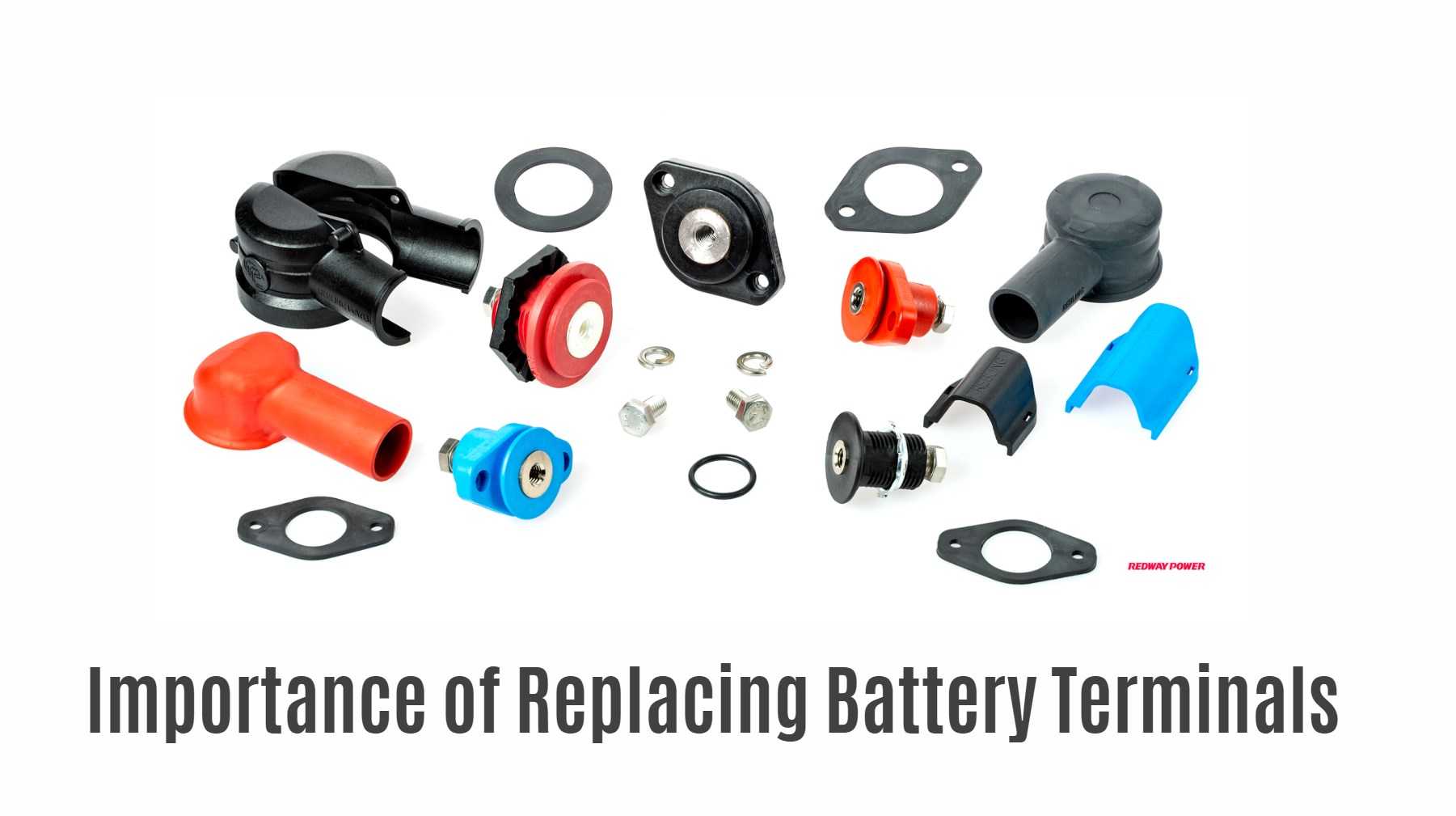Battery terminals are pivotal components in any automotive or electronic system, ensuring the seamless flow of electricity. Understanding how to define, identify, and replace these terminals is crucial for maintaining optimal performance and avoiding potential issues. This guide will delve into every aspect of battery terminals, providing you with the knowledge needed to maintain and replace them effectively.
Understanding Battery Terminals
Battery terminals are the connection points between the battery and the electrical system of a vehicle or device. Typically, these terminals come in two forms:
- Positive Terminal (+): Often marked with a red cap or a plus sign, the positive terminal is the point where electrical current exits the battery.
- Negative Terminal (-): Marked with a black or green cap or a minus sign, the negative terminal is the point where electrical current returns to the battery.
Maintaining clean and corrosion-free terminals is essential to ensure efficient power flow. Corrosion, characterized by a white or bluish powdery substance, can hinder the conductivity, leading to starting problems or premature battery discharge.
Identifying Battery Terminals
Identifying battery terminals is straightforward:
- Positive Terminal: Larger bolt head, marked with a plus sign (+), “POS”, or red paint.
- Negative Terminal: Smaller bolt head, marked with a minus sign (-), “NEG”, or black/green paint.
Accurately identifying these terminals is critical when performing maintenance or replacements to avoid potential electrical hazards.
Step-by-Step Guide to Replacing Battery Terminals
Replacing battery terminals is a manageable task with the right tools and knowledge. Follow these steps for a successful replacement:
Tools Needed
- Wrench or pliers
- Wire brush or terminal cleaner
- Replacement terminals
- Protective gloves and eyewear
Procedure
- Safety First: Wear protective gloves and eyewear to prevent injury from battery acid or corrosion.
- Disconnect the Battery:
- Start by disconnecting the negative terminal to avoid any short circuits.
- Then, disconnect the positive terminal.
- Remove Old Terminals:
- Use a wrench to loosen the bolts on the old terminals.
- Carefully remove the terminals from the battery posts.
- Clean Battery Posts:
- Use a wire brush or terminal cleaner to remove any corrosion from the battery posts.
- Install New Terminals:
- Attach the new positive terminal to the corresponding post.
- Tighten the bolt securely.
- Repeat the process for the negative terminal.
- Reconnect the Battery:
- Connect the positive terminal first.
- Then, connect the negative terminal.
- Check Connections: Ensure both terminals are tightly secured and free from any movement.
Importance of Replacing Battery Terminals
Replacing corroded or damaged battery terminals is crucial for several reasons:
- Enhanced Electrical Connectivity: Corrosion and damage can impede the flow of electricity, leading to starting issues and other electrical problems.
- Preventing Voltage Drops: Clean terminals ensure a consistent voltage supply, preventing potential electrical failures.
- Prolonging Battery Life: Regular maintenance and timely replacement of terminals can extend the overall lifespan of your battery.
Recommended Replacement Frequency
The frequency of replacing battery terminals depends on several factors:
- Battery Age: For batteries older than three years, regular inspections and potential replacements are advisable.
- Corrosion: Replace terminals at the first sign of significant corrosion to maintain optimal performance.
- Environmental Conditions: In high-humidity areas, consider annual inspections and replacements to prevent accelerated corrosion.
Conclusion
Replacing battery terminals is a straightforward yet vital maintenance task that ensures the reliable operation of your vehicle or device. By following the steps outlined in this guide and adhering to the recommended replacement frequency, you can prevent electrical issues and prolong the life of your battery. Regular inspections and timely replacements will keep your electrical system running smoothly and efficiently.
Related Posts
- Zapping the Voltage: A Simple Guide to Multimeter Testing for AAA Battery Voltage
- Will Voltage Affect Battery Performance?
- Will solid-state batteries replace lithium?
- Will Batteries Last Longer in the Freezer? Answers to Your Freezing Battery Myths!
- Will batteries last longer in the freezer?
- Will a 42V Charger Work on a 48V Battery? Understanding the Risks and Best Practices




